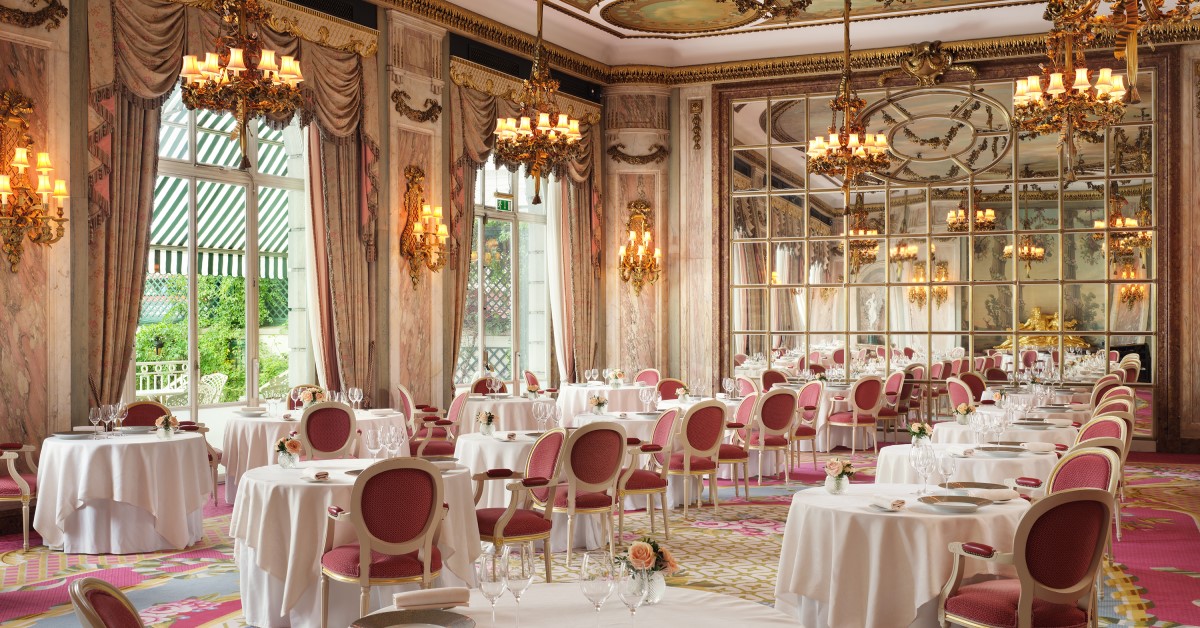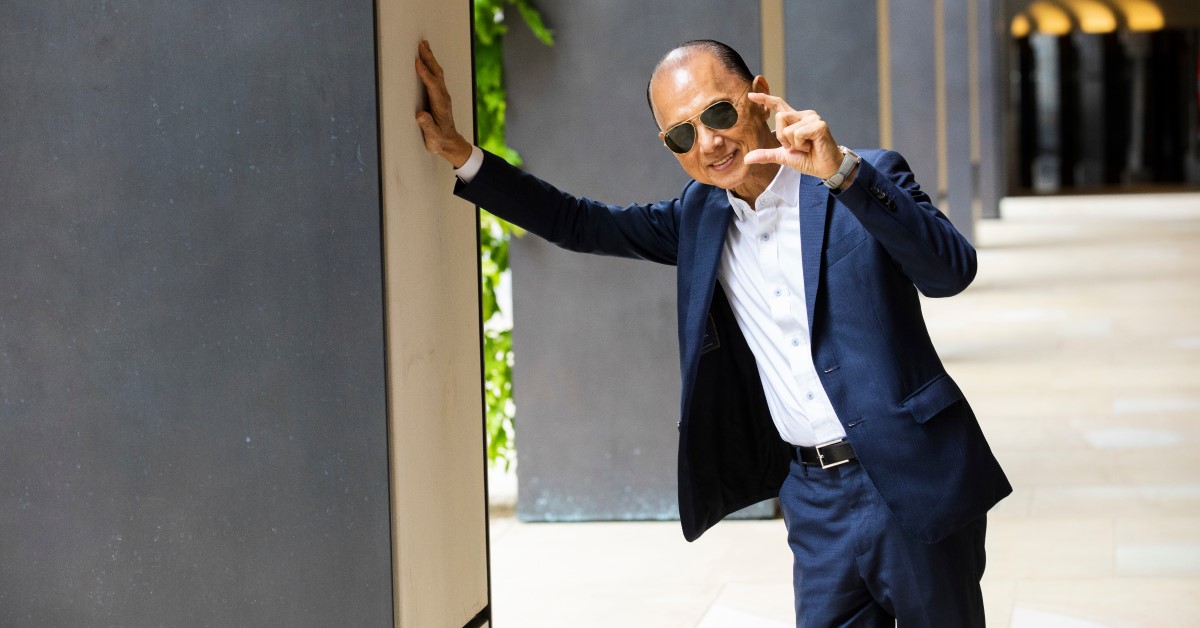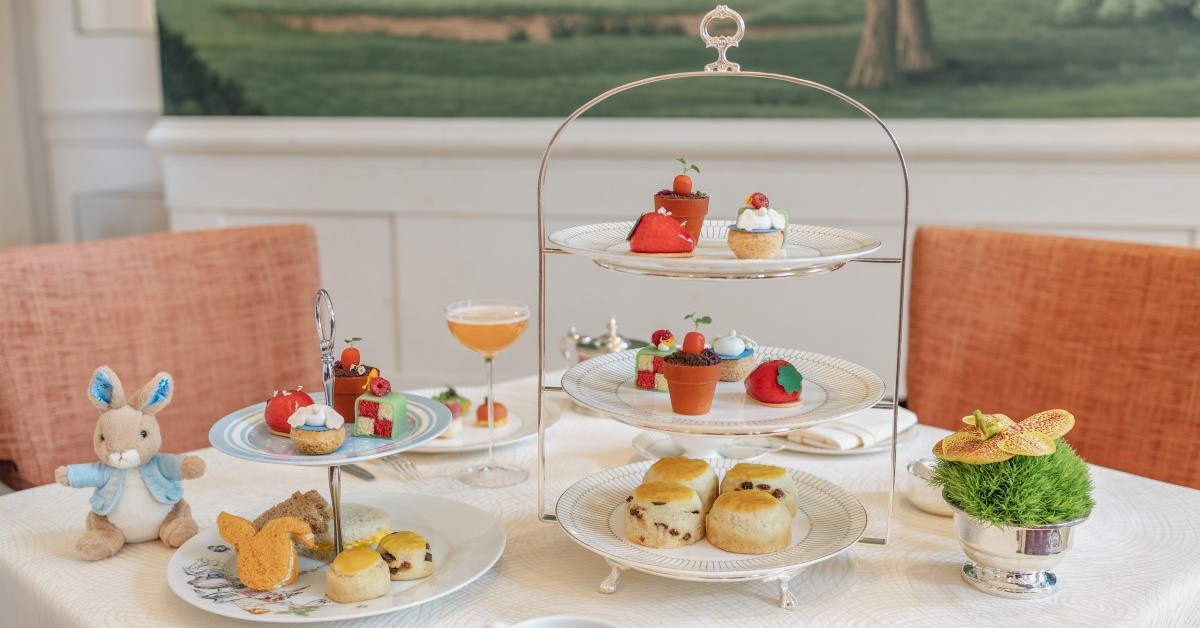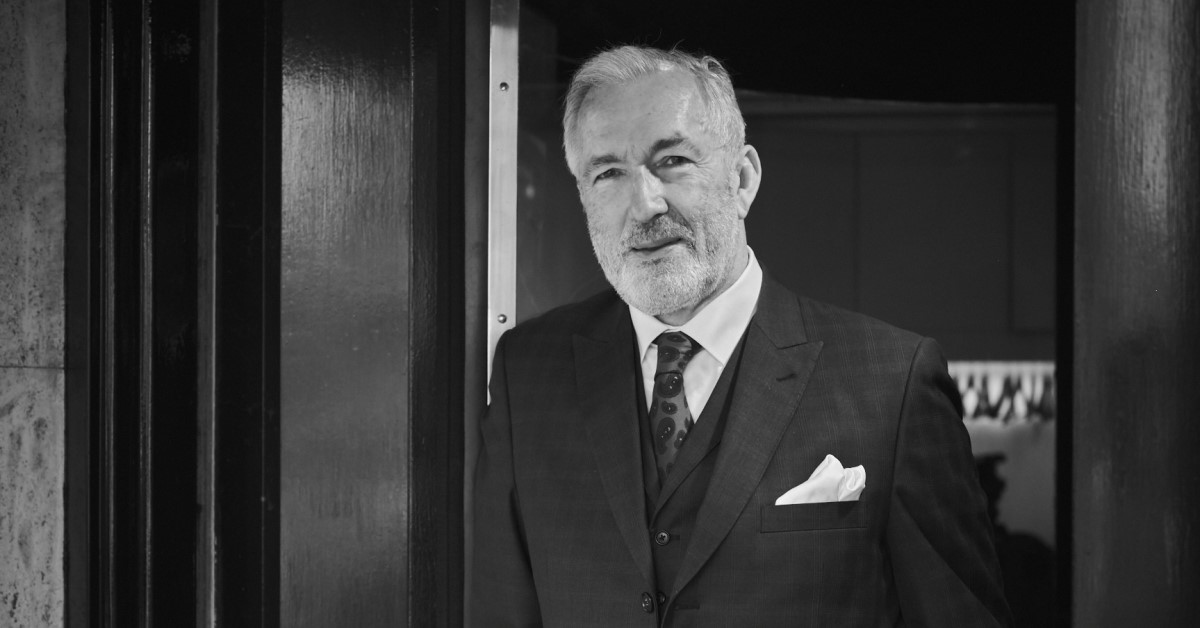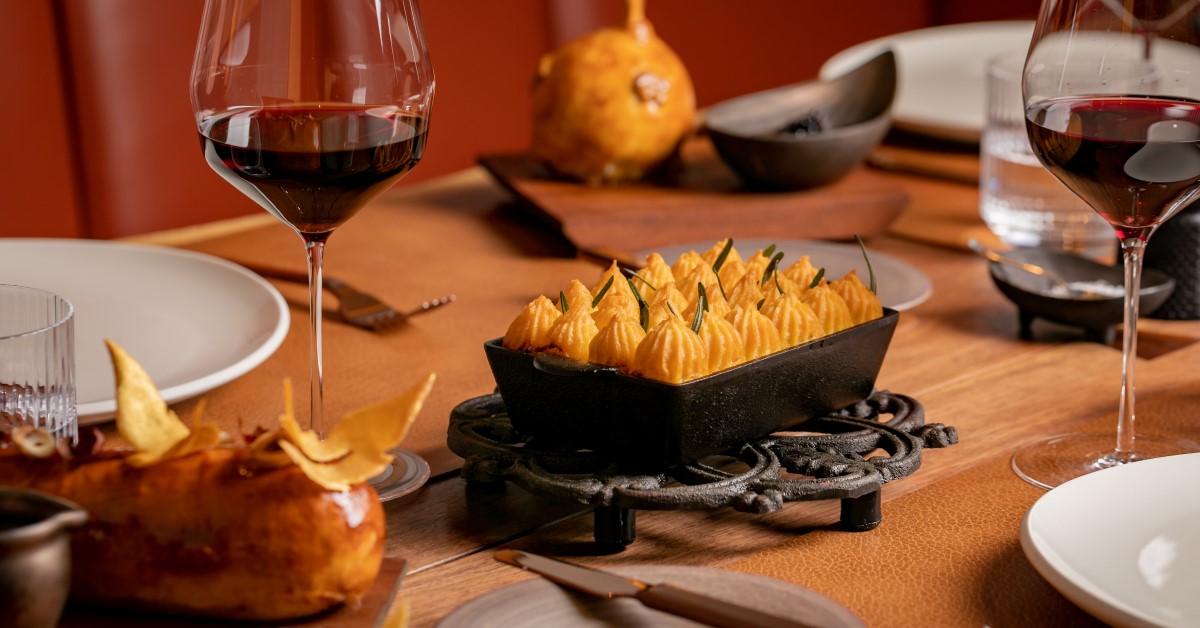John Williams is celebrating 20 years as executive chef at The Ritz. He tells us about his dazzling ascent to the helm of one of Britain’s best-loved restaurants
Words: Jonathan Whiley
John Williams MBE is telling me about the moment, aged 18, he walked under the hallowed arches of The Ritz. Then owned by Trafalgar House, he still remembers the bone china plates in the windows. “They had been brought up from a famous shipwreck. For the joy of eating off those plates, you paid an extra £25. I remember looking and thinking ‘maybe I’ll work there one day’.”
The son of a Tyneside fisherman has done better than that. In 2004 he joined the hotel as executive chef and has remained ever since; overseeing a kitchen brigade of more than 60 responsible for The Ritz Restaurant, Palm Court, Rivoli Bar and room service.
What’s more, he has transformed the hotel’s culinary fortunes. The Ritz Restaurant – awarded a Michelin star in 2017 – is now widely regarded as one of the country’s finest dining experiences and adored by critics and guests alike (there is often a six-month waiting list). John is baffled why they haven’t received a second star. “I’m not going to say we deserve more than anyone else, but we are two star.”
It’s been quite an ascent to the summit. When John first joined, there were Monday lunchtimes where they were staring down the barrel of 15 covers, rising to 70 on a weekend.
“People used to say it was too expensive for what you were getting and I agreed,” says John, his accent still true to the coastal town, just outside Newcastle, where he grew up. “I don’t think there was any value. People used to say it was quite a rip-off.
“The big thing for me was to rebalance the costs and the selling prices to give real good value. Until recently, my du jour [menu of the day] price was still cheaper than it was 20 years ago. We are very straight-forward and honest with what we sell and I think that is really important. I’m a great believer in value for money. Of course The Ritz is expensive but I tell you what, it’s the best value in town as far as product is concerned.”
John arrived with a vision to bring the restaurant back to its classical roots – he banned the word traditional (“a word that is so dirty in the last 20 years in our industry”) and set out to “make a statement with Escoffier-like food.” (Escoffier was a friend and collaborator of the hotel’s founder, César Ritz.)
Out went the eclectic style of service – “they would use cast iron casserole pots, it was so bad it shocked me,”- and in came a menu to reflect the grand Louis XVI decorative surroundings that would prove fresh and relevant.
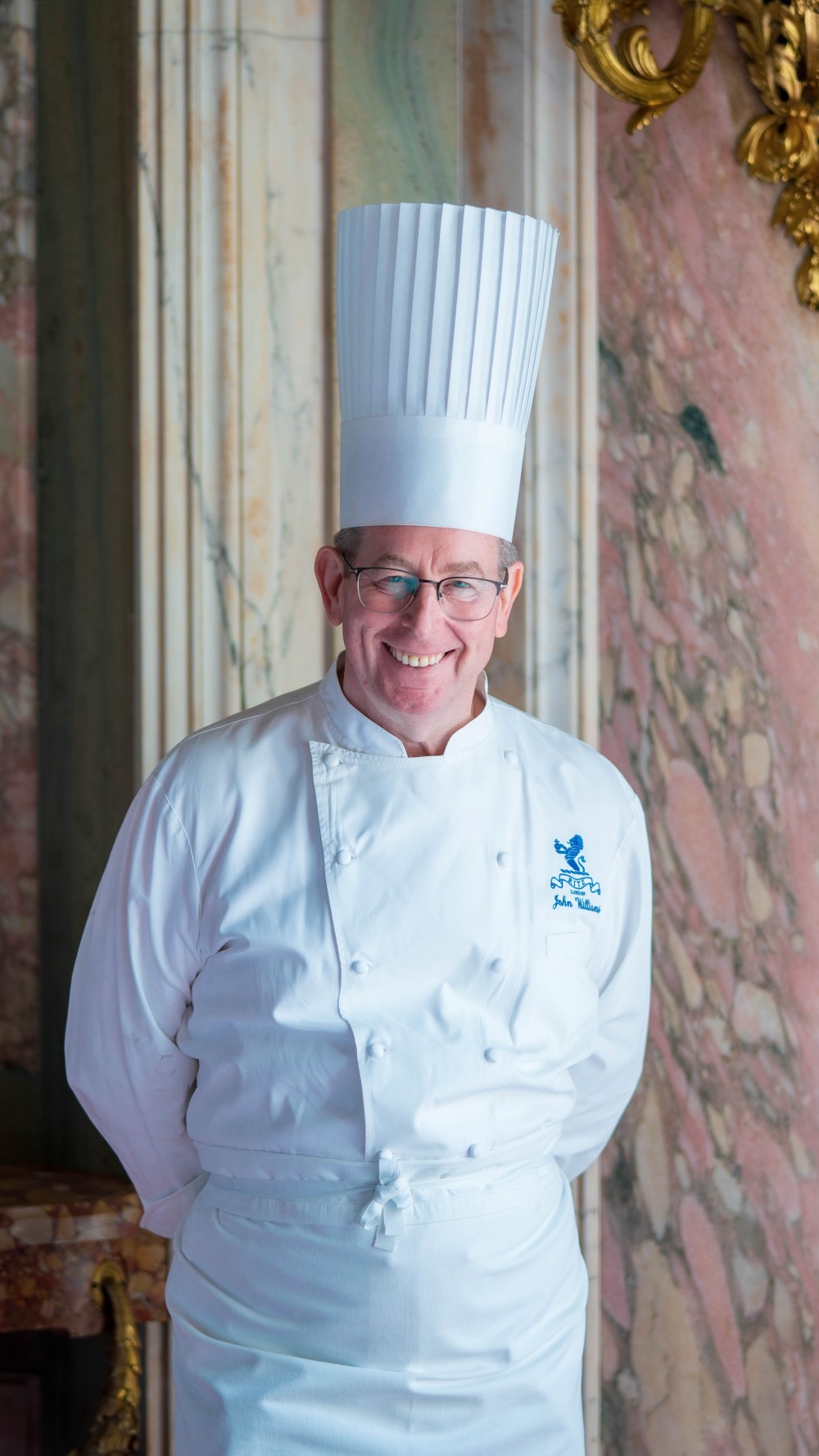
“The strongest factor when you are dining at The Ritz is the room. That sets the stage, that tells you how to operate. It doesn’t matter which chef is there – he can be Jesus Christ – the room comes first and you have to respect that. For me, everything had to be built around that.”
Six weeks after joining, John summoned the chefs to the restaurant after service. “Some hadn’t even seen the restaurant. I asked ‘do you think your food matches this room?. They suddenly understood what I was trying to achieve.”
John introduced tableside carving. Though it took time to master – the first food critic said the carving of the duck itself was a “disaster” – the ‘Arts de la Table’ dishes have since become synonymous; from beef wellington with Périgord truffle to canard à la presse (pressed duck) and crêpes Suzette.
“That has given the service staff their self-respect; they have become swans if you like. They have the skill of taking the duck breast off the bone; a similar style of presentation to what a chef would do.”
John knew he wanted to be a chef from the age of 13. He remembers helping his mum to cook a Sunday roast by scaping Jersey Royal potatoes. As a reward, he would be given four to enjoy with melted butter. Such is his enduring love of a Jersey spud, his chefs have to hide them. At home he’s not allowed biscuits; milk chocolate digestives remain his guilty pleasure.
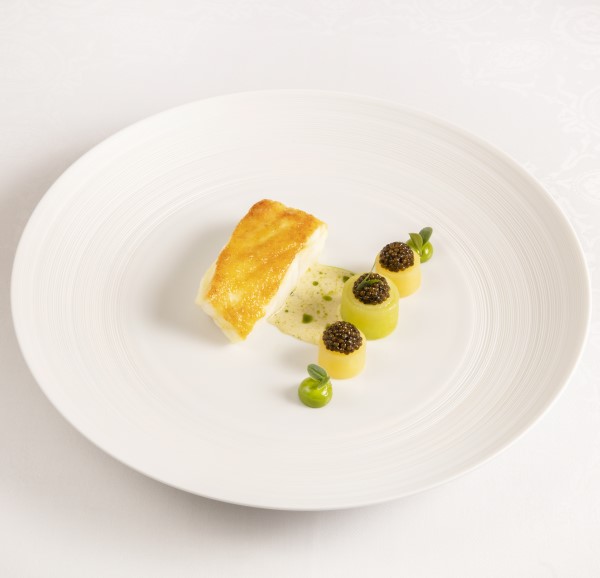
His first job, in 1974, was an apprentice in a three-star hotel in Northumberland where the manager’s French wife introduced him to fine produce. “Because of that exposure, I knew I wanted to cook posh food.”
Lobster and caviar were not exactly de rigueur in the north-east during the ‘70s and so he made for London, aged 16. Before long, he had sights set on Claridge’s, becoming the hotel’s premier sous chef aged 27.
“Claridge’s was the place where I said, ‘this’ is what I want to do. The ingredients were another level. You are doing state banquets and cooking for royalty. I think I cooked for three presidents at Claridge’s and a fourth at The Ritz. That kind of thing really turns me on.”
In a storied career, he also cooked for Margaret Thatcher’s 70th birthday dinner, has met “all of the royal family over the years” and cooked for the late Queen on several occasions; both privately and at The Ritz. “Lady Elizabeth [Hanson] introduced me as the person who had cooked for her at her house and the Queen said, ‘I’m sure you will forgive me John, but I can’t remember everybody’s face’.”
As an interviewee he’s relaxed and affable – but what’s he like in the kitchen? “Different from when I was younger… I’m like the general and as you get older, the general tends to get a bit softer doesn’t he? I want people to be happy; you don’t cook great food if you are not happy.”

